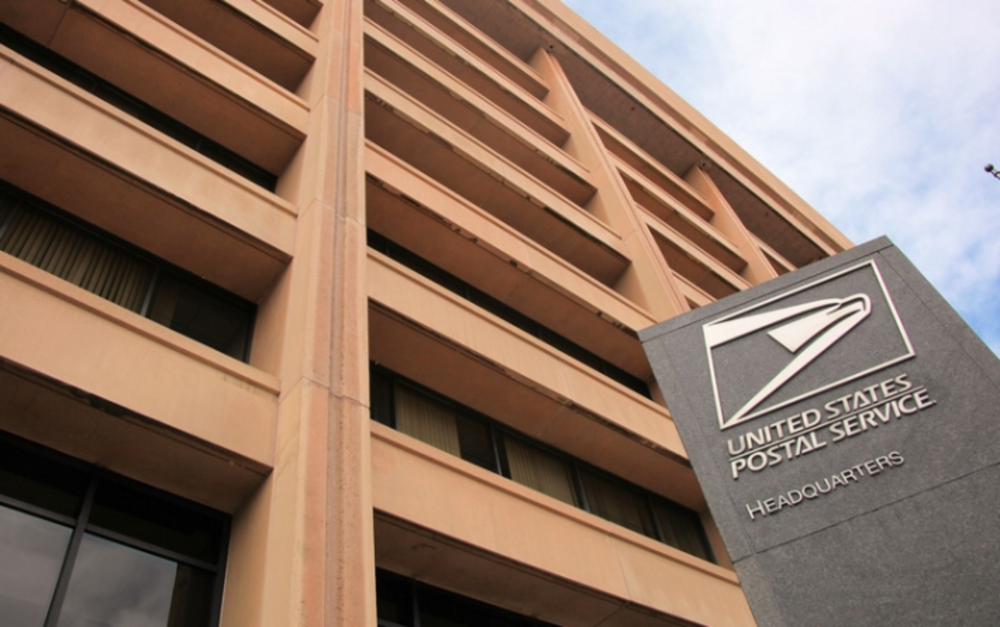The U.S. Postal Service released results today for its fiscal year ending Sept. 30, and the top line was what has become the norm from such announcements—a $1.1 billion sales gain that lifted revenues to $68.9 billion, but resulted in a gargantuan net loss of $5.1 billion dollars. Mandated cash outlays outside of their control, Postal officials complained, continue to dog them.
The Postal Service counted $1.2 billion in “controllable income” in 2015, a measure of its own invention that demonstrates how profitable the agency would be if it were relieved of a yearly $5 billion retiree healthcare pre-funding payment and other mandated payments. Last year’s controllable income calculation was $1.4 billion.
The Postal Service’s statutory financial obligations notwithstanding, Postmaster General Megan Brennan issued her quarterly plea for legislative relief involving other issues. “We face an uphill battle with cost pressures. Costs continue to rise, exacerbated by the decline in First Class Mail, our most profitable business,” she said in an earnings call. “We have opportunities to grow the business, but controllable income will be hard to sustain in coming years without changes to our business model that requires legislation.”
One of those changes would be making permanent the 4.3% exigent surcharge, which is expected to be withdrawn in mid-2016. Brennan said that loss of the surcharge would mean a $2 billion decline in revenue. “Without the surcharge this year, our controllable income would have been a loss of $800 million.”
While the blood flow from USPS’s balance sheet continues to be copious, mail volume’s decline is a slower seepage. The 154.2 billion pieces of mail handled by the Postal Service in the past year represented less than a 1% decrease from fiscal 2014. Meanwhile, shipping and packages volume increased 14.1%. CFO Joe Corbett said that surge in business required additional work hours that increased USPS operating expenses $648 billion to $73.8 billion.
A United Parcel Service-commissioned study released last month, however, contended that the Postal Service’s contribution of package business revenues to operating expenses was minimal. The analysis performed by Sonecon and its CEO Robert Shapiro claimed that competitive products—mostly packages and shipping—contributed 28% of all USPS revenues, while the Postal Service was required to put only 5.5% of those revenues toward institutional costs. “The notion that they’d have to raise the rates to meet a 5.5% requirement for fixed costs just illustrates the extent to which they have been subsidizing these products,” Shapiro, an economist and former under-secretary of Commerce, told Direct Marketing News.
Asked about users of market-dominant products like big mailers subsidizing the package business, the Postmaster General denied it. “The Postal Regulatory Commission is charged with enforcing postal law and has found that market-dominant products do not subsidize competitive products. When you look at the most recent financials, you’ll see that competitive products’ contribution [to institutional costs] more than doubled the mandated amount,” Brennan said.
Standard mail volume held fairly stable with a decrease of only 0.3%, something Brennan attributed to its continued valuable performance as an advertising vehicle. “Standard mail is a relative success story because of its effectiveness and inherent ROI for advertisers,” she said.






